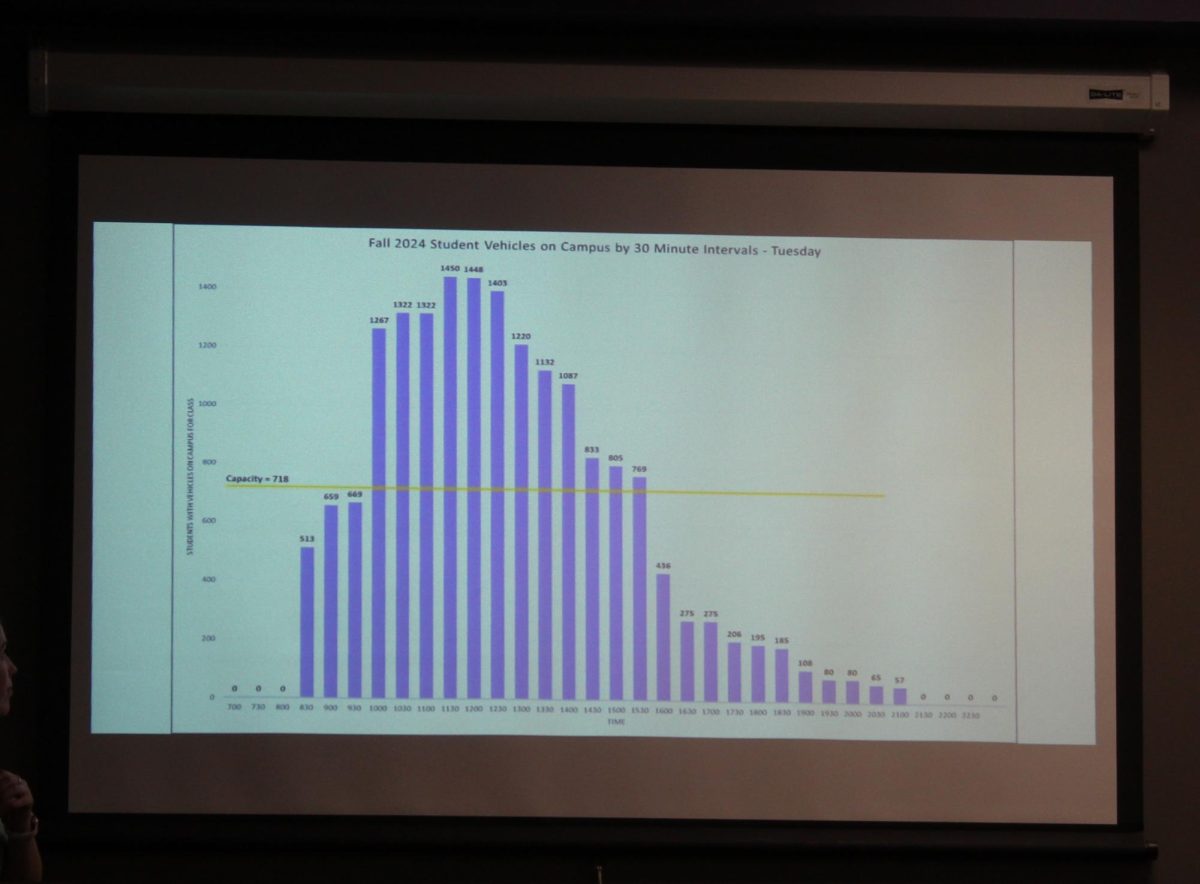Over the summer, UNA administration increased the required fees for students by 100% or more. For the 2022-23 school years, fees were a flat rate of $30 per credit hour. Now, depending on one’s college, charges can range from $60-$100 per credit hour. Additionally, the Dining Dollars fee has been raised by $25, from $150 to $175.
For the College of Art, Sciences and Engineering, and the College of Education and Human Sciences, students are required to pay $60 per credit hour. For the Sanders College of Business, students are required to pay $90 per credit hour. Finally, for the Anderson College of Nursing and Health Professions, students are required to pay $100 per credit hour.
At Jacksonville State University, a peer college to UNA, an average semester’s tuition and fees with 15 hours costs $5,970. On the other hand, an average semester’s tuition and fees with the same credit hours at UNA costs $6,475. Neither account for room and board, and both amounts come from their respective university’s cost calculator.
JSU’s fees are a flat $1,650, while UNA’s range from $1,800-$3,000. Additionally, the University of Alabama’s fees are $800.
UA’s tuition is $11,100, while UNA’s is $10,200. Factoring in room and board, UNA’s highest cost equals that of UA’s lowest. If one does not have to worry about room and board, UNA’s raw cost (excluding extra fees/charges) exceeds UA’s. There is an $11,900 raw cost for UA, and $12,000-$13,200 for UNA.
The raising of student fees was voted on at the June 9 Board of Trustees meeting. It was formally recommended for approval by President Kenneth Kitts. The Board unanimously approved it.
The resolution states that “maintaining adequate fiscal resources, while providing continued exceptional academic and student activity programming, remains a challenge for [UNA] as financial support at the state and federal levels are limited.”
Another board meeting is set to take place in the GUC Banquet Hall C tomorrow, Sept. 8 at 9 a.m.
As of 2022, UNA was expected to have a $5 million or more budget deficit for 2023.
University Spending, the webpage in which the university discloses its payroll and spending amounts, no longer shows any amount before October 2022 and has not been updated since June 2023. Additionally, payroll amounts are not shown after October 2022, but may have to do with the fiscal year beginning that month.
The webpage for University Spending states:
“Each four year institution in the state of Alabama is required to post monthly to its principle website all expenditures made by the institution. This includes all expenditures of the University, including payroll, since October 1, 2009. This action is an extension of the Governor’s Open Alabama initiative. In compliance with this directive, this information was made available on the University’s website on March 1, 2010 and will be posted at least monthly thereafter.”








Milly • Sep 7, 2023 at 7:49 am
Alarming that they unanimously hiked the cost of education. They should slow school spending instead. I’m sure there are plenty of places cuts could be made.